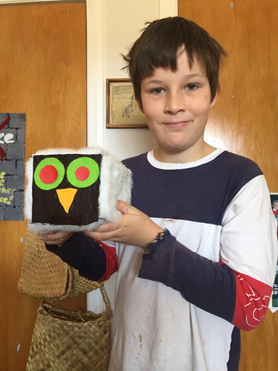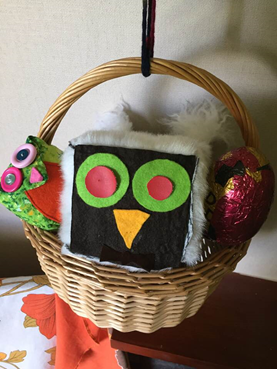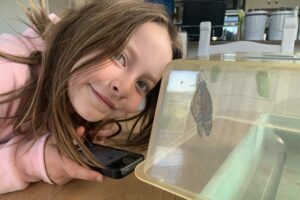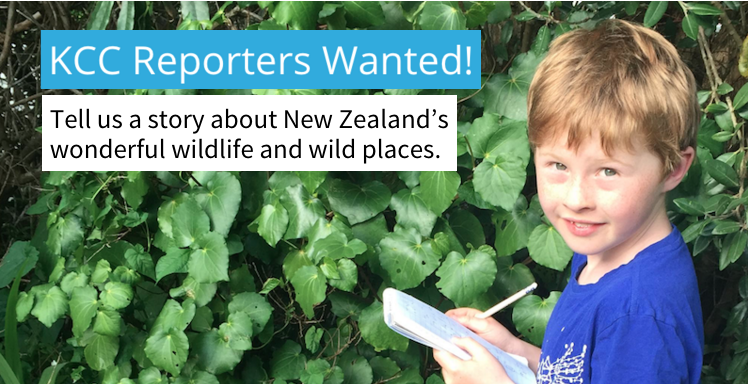A new discovery made by Oscar (age 12)

An Owlloaf is a small animal that does not classify as a bird or mammal. They are not birds as they are covered in fur and feed their young milk, and they are not mammals as they lay eggs and have wings.
They naturally live in small dark high places like underneath bridges.
Owlloaf young are small, rectangular white boxes, with a face like a ruru.
When they start to age, small tufts will form at their back corners. Owlloaves at this stage are known as fledglings and will bounce around looking for their main food source, acorns.
After a few years, the tufts will move further up their body and eventually become wings.
Owlloaf eggs are medium sized, shiny and taste like chocolate. They are often eaten by humans mistaking them for Easter eggs. This is not helped by the fact that Owlloaves lay eggs on Easter.

Due to this, Owlloaves are very endangered. Owlloaves have also been observed to unexplainably look after the young of other species.







